Healing Sound with Jesse Paris Smith
On Healing Sound
Kari | How did the ideas of healing and music come together for you? What is your first memory of the connection between music and sound therapy?
Jesse Paris Smith | My personal experiences of healing and music/sound go back longer than I can possibly remember! Their connection exists in the forms that affect us all, whether we are aware of it or not. In listening to different songs to match different moods and meet different needs, we follow our instinct and gravitate towards sounds and music based on how they affect us at any given time. The range of sounds and their effects on us are infinite! The soft healing of nature sounds, the energizing power and collective charge of a live concert, the meditative wonder of turning off the mind and playing an instrument.
However, the conscious and intentional connection of this work was ignited for me in 2008 when I attended a workshop with Joshua Leeds, author of one of my favorite books, The Power of Sound. It was from then on that I would dive into this world further be forever changed. In 2013, I enrolled in a nine-month program where I got to learn from many different experts and teachers who I still am learning from today.
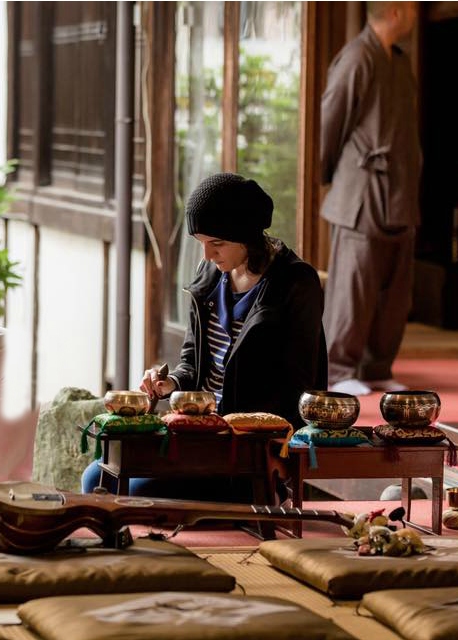
Kari | Do you think it’s the vibrations, the melodies, a combination of both, or is it tapping into something else that promotes the healing?
Jesse | It is everything. It is the influence that exists innately within the vibration of the sound waves themselves. It is the psychoacoustic effects of the qualities of the music. It is the intention of both the practitioner and the listener. Intention is highly important with therapeutic sound and music.
Sound and music are very powerful, and we as emotional beings are sensitive to what we hear. We do not only hear with our ears, but with our whole bodies. Sound is vibrational and can be felt through the skin and passed through the bones. Sound travels fastest and most powerfully through solid matter, then water, then air. We are also emotional and meaning-making beings; a specific sound or piece of music can trigger memories, feelings, and associations, affecting each person differently. Creating music and sound intentionally, you can be quite selective based on the effects that different qualities may have on the listener.
Faster tempos, complex rhythms, and high pitches can increase heart rate, intensify alertness, shorten our breath, and energize us, whereas slower tempos, simple rhythms, and low frequencies can relax our bodies, slow us down, encourage us to breathe deeper.
But every person’s body is different, everyone’s needs and desires are different, everyone’s memories and minds are unique, so all of this comes into play. And every person’s state of being varies on different days and throughout a single day, so their needs constantly change. There is a great deal of scientific research on the psychoacoustic effects of sound and many incredible books, articles, films, and experts to learn from. There are endless reasons why healing is promoted by sound and music.
A demo reel by Tree Laboratory, a collaboration between Jesse Paris Smith and Eric Hoegemeyer.
This short video was created by Australian generative artist and designer Jonathan McCabe, whose artwork converts information inputs into algorithms that direct movement of colour and pattern. Jesse Paris Smith and Eric Hoegemeyer, from New-York based Tree Laboratory, furnished the video’s haunting soundtrack.
Kari | The compositions you play for healing, are they of your own making? If not are they contemporary…ancient…where do they come from?
Jesse | There are contemporary pieces and ancient melodies for healing—there are medicine melodies, chants, vowel sounds, mantras. Different modalities are based on the intensive scientific study of specific pieces or genres of music. Experts like Dr. Pat Moffitt-Cook and Sylvia Nakkach have studied cross-cultural musical healing. Learning from them and others helps to understand just how vast and ancestral therapeutic sound is. Sound and music have been used in healing for thousands of years. Sound as a therapeutic modality has had various resurgences of popularity through the years and has developed further with new research and findings, but the reality is that vibrational medicine is ancient and universal.
Sound waves move in the air to change the vibration of the space with the ability to alter the entire room and anyone in it. Sound and music work on the body and mind, enhancing different brain waves and altering mood, emotional patterns, and state of consciousness. Sound waves promote the movement of energy, stir things up inside of us, tap into parts of us we hadn’t otherwise been aware of, retune us, and help us to work through and remove impediments. Intentional sound can be immediately effective, as a certain frequency, sound, or piece of music, can bypass the story and chitter chatter of our minds and go directly to where it needs to go, mirroring back to us our own state of being. Depending on the intention of the sound or music itself and the openness of the listener, the effects can be quite powerful. Music can help us to relax and relieve anxiety; to focus and concentrate; energize naturally; deepen our meditation; work through an impediment; ease our physical discomfort; help to process a myriad of issues; and assist in countless other ways. Pairing sound and music with other modalities and practices can be highly effective.
I feel it is equal parts knowledge and intuition. Knowledge as in learning what we can about the effects of different qualities (tone, tempo, pattern, rhythm, timbre, frequency, volume) in order to be responsible and confident. If you’re with another person, we gain knowledge through talking with them, learning about their state of being and what their hopes are, taking in as much information as is needed. As for intuition, it’s about being aware, feeling out the situation and trusting instincts to let us know where to go and what to do. There is so much room for improvisation, and like playing onstage with others, listening and being aware of what’s happening is what will make for a positive experience.
Kari | Can you share an example of what you have encountered and what an individual might experience during a therapeutic sound session?
Jesse | Speaking from my own experience as both a client or practitioner, it depends on the intention of the session. Sometimes a person will need passive sound, to be offered an experience to address a certain need. Sometimes what can be more effective than passive sound is active sound; the client or person creates the sound themselves (alone or with others) instead of being given a sound experience solely from another person. The benefits of active sound are vast, because a person creating their own sound is able to feel it deeper and more powerfully in and throughout their body which has a more profound and immediate effect on their systems. Practices of toning, singing, sounding, and even intentional talking exercises are highly effective forms of therapeutic sound and are tools we all have at our disposal that we can access at any time, whether we are at home, at work, at the dentist, riding the subway, or walking in the woods. Instruments, tools, and sound machines are great, but we also have our own voice which is possibly the most powerful tool there is and the biggest mirror for ourselves. For me personally, using intentional sound practices and working with a music therapist have both been very powerful in my own life and have helped me immensely, opening my eyes to new ways of experiencing the world and deepening my relationship with myself and the very ground I stand on. I guess the point of what I’m saying is that there are so many factors, options, needs, wants, intentions, that every individual person and every individual session can be different. It’s not so easy to describe the experience of the effects of sound healing and music therapy because it is more ‘felt’ than anything else.
“My mom and I performed this poem together at Carnegie Hall in NYC for the annual Tibet House benefit on March 5th, and we recorded it shortly after for His Holiness the Dalai Lama on the occasion of his 80th birthday.”
The track is sold via bandcamp and the proceeds benefit Tibetan Children’s Village.
Kari | What about live performance? Can listening to recordings be as effective as music that is performed live? Why or why not?
Jesse | Absolutely. The main difference between a recording and live performance is the element of the person-to-person human connection and the felt vibration of the instruments themselves. Recordings are very powerful because, like a live experience, there are still intentional sound waves being experienced, and when we hear music or sound—whether in person or on a recording—we are still entrained by what we hear. Think about all the reasons we go to different music. We listen to one kind of music when we are sad, another when we are exercising, another when we need to be comforted, and yet another when we are celebrating. Some music we prefer to listen to alone, whereas others are more enjoyable shared with people. Even though recordings, of course, differ from a live experience, they are highly effective. Think about the soundtrack of a movie, how the emotions and story are enhanced by the music and sound effects in the various scenes. There are certain instruments that are best experienced in person of course, such as tuning forks or singing bowls, and these can even be placed directly on the body for deeper healing. And there is something very special and energetically powerful about singing or toning in a group or with another person. However, sometimes you just want to put on headphones by yourself, close your eyes to relax, to sleep, to meditate, or get up and dance. It’s again all about what is needed, what is available, the state a person is in, really just so many factors constantly at play.
On Pathway to Paris and Conscious Activism
Kari | Please talk about Pathway to Paris and how music is integral to your climate awareness initiatives
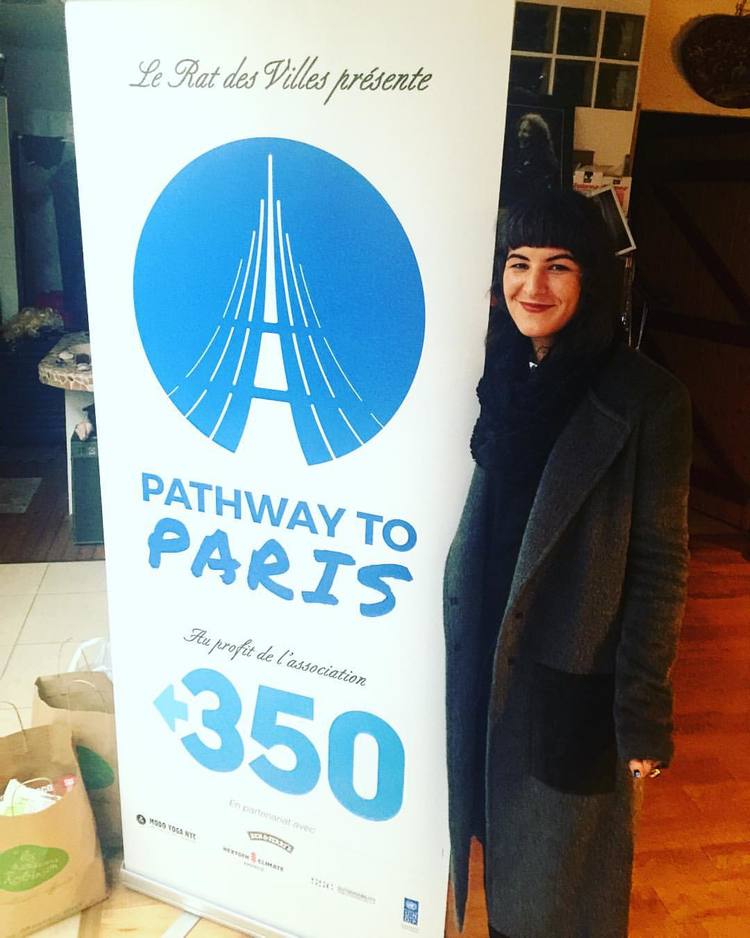
Jesse | Music and art are highly important in any movement and awareness initiative. Hearing and learning the facts, listening to experts, and engaging in social actions are vastly important. Music and art act as catalysts—a platform to bring more people together in order for action to take place on a larger scale. As emotional beings, music and art move us, open our hearts, ignite our inspiration, create a unity and oneness that is unique to this form. Music and art create community and collective unity. Like-minded people find each other, and a new wave of people are inspired to get involved for the first time or reminded to do their parts. People are moved and inspired every day by musicians, artists, and performers, listening to what they think and believe, and because of that, they hold a level of power in their hands. A performer who uses their unique platform to call citizens to action is taking that power to another level, harnessing it for good. We have seen this throughout history and across the world. Everyone has an entry point to climate action, and for many, it is through the inspiration of music and art. Not everyone who comes to our events is there because they are concerned about climate change. They might attend because their favorite singer is performing. Hearing this singer encourage them to join in taking action, and having the chance to hear from an expert, politician, scientist, or activist, the attendee hopefully will leave the concert feeling charged as a warrior for the planet, equipped with new facts and tangible actions to share with their community. These concerts are also a chance for musicians and artists to find their role in the movement, realizing the influence they have and the change they can inspire. We work to help people of all walks of life identify their role in this movement, no matter what their entry point to it is.
Kari | How has your experience with climate change impacted your music and life?
Jesse | I have always loved nature and the outdoors, but when I was 15 and I learned about global warming, it terrified me and I decided then that no matter what else I was interested in life that I must dedicate myself to helping raise awareness and combatting this urgent issue. I can’t really ever know who I would have become and what I would be doing if it weren’t for this urgent crisis our planet has been facing and this movement we have had to build. There hasn’t been a day in 16 years that I haven’t thought about climate change, so in some form or another, it is present in everything I do and every choice I make. In moments when I’m not making the best choice for our planet, there is always a voice in my head reminding me the impact I’m having, and these experiences are always a chance for reflection. So much about our world is built for convenience, easier routes, avoidance, and instant gratification. and There is so much need to review our own habits, see how we can shift our lives to do better for our world, let go of old habits, develop new ones, to lead by example. I like to ask myself and others, ‘What are you doing for our world, and how can you do more? What can you do better?’ Just like music, climate change has made me more appreciative of the importance of community, connecting, and collaborating. I really like being alone, and both music and climate action are so much about connecting and sharing with others. Climate action, like any movement, is most effective and powerful when we build our numbers and stand strong together. The way to solve climate change is through local and global collaboration—unity.and so It is really a rallying call for world peace. It is a global crisis of immense urgency, and it is painful that the entire world didn’t come together long ago to effectively come up with ambitious plans to combat this. We should be so much farther along in the movement to transition into an era of 100% renewable energy, but there is just so much greed in this world. As Bill McKibben said at our 2015 Paris events, “The scientists of the world did their part, and the politicians are still not doing very much. They’ve been willing to be dominated by the fossil fuel industry and so we’ve had to build this big movement – we should not have had to build this movement. If the scientists of the world say that the worst thing that’s ever happened is happening, then in a rational world, we’d quickly go do something about it.”
But the movement we have built through marches, protests, rallies, concerts, events, letter writing, petitions, videos, campaigns etc. is what has made the politicians start to listen up and take action. Every month it becomes more and more urgent, and so the number of citizens taking action needs to continue to build exponentially so that politicians and corporations will listen up and take more action. We have to say it loud and clear in every way possible that we want a world free of fossil fuels, that we want to reimagine our cities into green, healthy, eco-cities running on 100% renewable energy. When we are silent, we are part of the problem.
Kari | As a warrior for the Earth and the wellness of her inhabitants, what keeps your sword sharp? What heals, recharges, and reactivates you to keep you so positive and engaged?
Jesse | I love being in nature. I love to explore and learn. One of the things Bill McKibben reminded me is that in addition to fighting tirelessly for our Earth, we also need to enjoy it, even in moments when we need to be ‘witness to the fleeting.’ My whole life I have been a passionate admirer of the outdoors—I love the water, forest, beach, parks. I really love hiking and camping. I also just love walking, exploring, discovering new places, even in the cities where I live. It is important for me to constantly check in with myself, reflecting on my states of being: emotional, physical, mental, spiritual. Self-care is about looking after all of your states and systems and treating them each with equal care, seeing which one, if any, seem to be low and in need extra attention. I love moving: walking, biking, running, pilates, cardio, kayaking, dancing, frisbee, stretching, playing catch, etc. I really love reading books and learning, taking classes and workshops, doing cultural activities that inspire new thinking and actions. I try to push myself to step away from my computer, phone, and social media, though it can be very difficult. I love to eat nourishing and healthy foods, but allow myself to enjoy some not-so-healthy foods, too. I really love tea. And of course is so important to get enough sleep every day and drink tons of water. Sometimes I don’t drink enough water, and I always feel better when I remind myself to. Anything we can do to help ourselves is important. I think it’s just about finding the things that resonate with us, and that is discovered by trying new things.
The element of the sound and music is highly recharging, reactivating as well. Taking the time to meditate, take naps, do sound exercises, sing, play piano, listen to music, watch a fun TV show or movie. Being with friends and family, talking on the phone with loved ones, visiting with people, making new connections. Spending time with animals and beloved pets. Creating, any kind of expression, and doing so not just for work, but just to create without judgement or expectation. Writing, journaling, playing music, singing, drawing, doing any sort of craft projects. I love writing, and journaling is such an important part of every day and is nice to reflect on later, too. Remembering to laugh, to do silly things, to act like a little kid. The world can feel so dark, so intense, so deeply frightening. These actions of self-care are not to escape reality, not to avoid the truth, not to pretend that everything is happy and positive, but they are to remember to stay hopeful and to love and enjoy life. Moments are all we have. Anything we can do to stretch our moments, to make them last, to pause constantly to fully appreciate what is around and within us. Without our moments, we are just drifting through time and space.
Follow:
https://www.jesseparissmith.com
https://www.pathwaytoparis.com
Facebook: https://www.facebook.com/pathwaytoParis/
Instagram: https://www.instagram.com/pathwaytoparis/
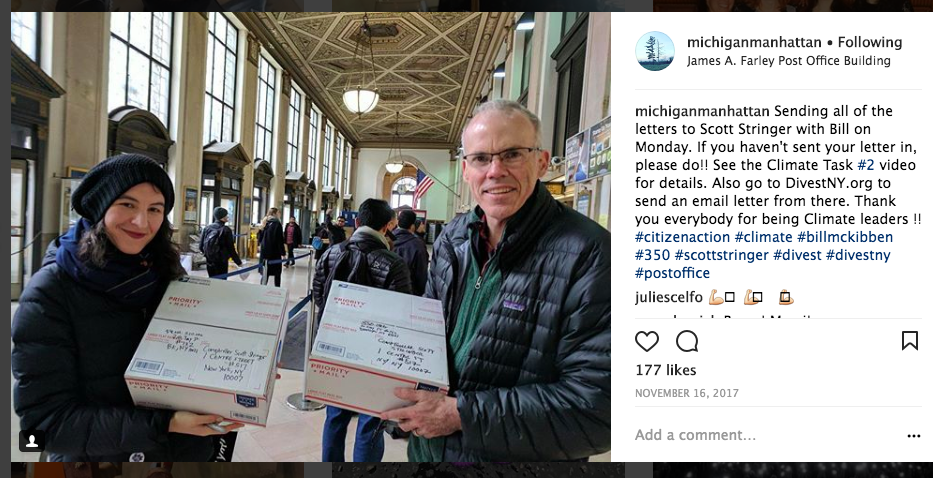
Jesse loves to include a call to action at each show. She and Bill McKibben appealed to everyone in the Carnegie Hall audience to write ‘divest now’ letters to New York City Comptroller Scott Stringer on a blank piece of paper provided in the show’s program booklet. These were collected and sent by Bill and Jesse.



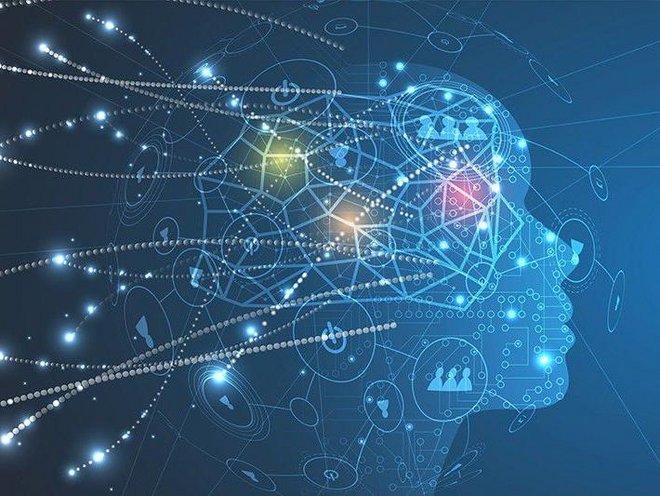
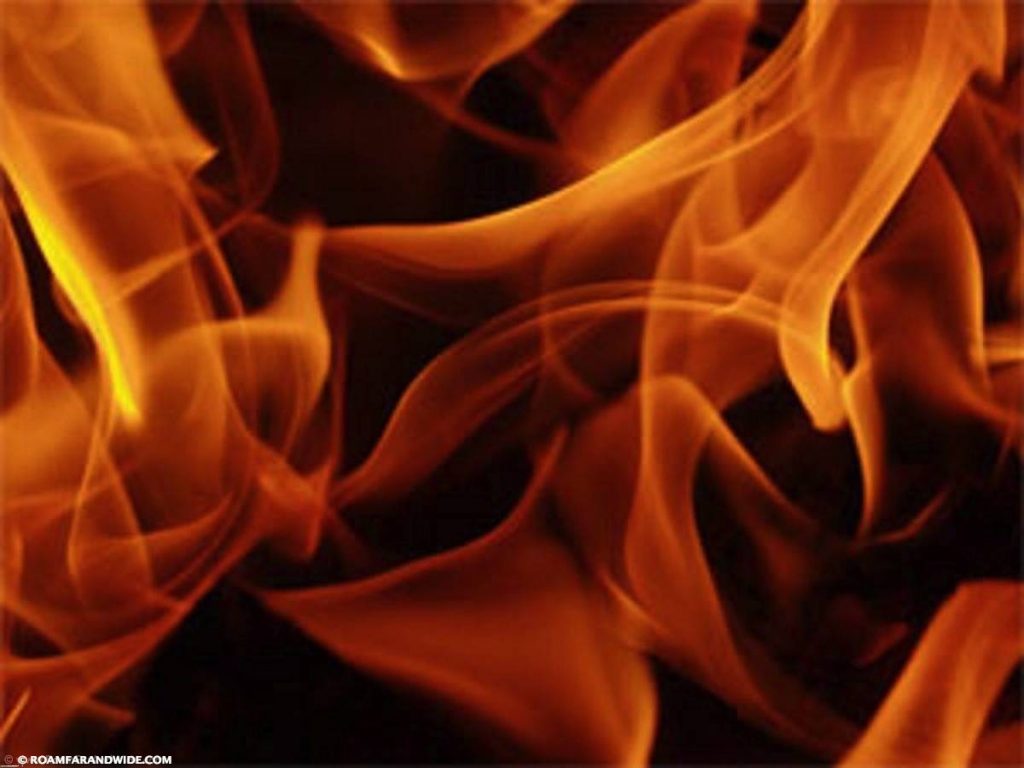
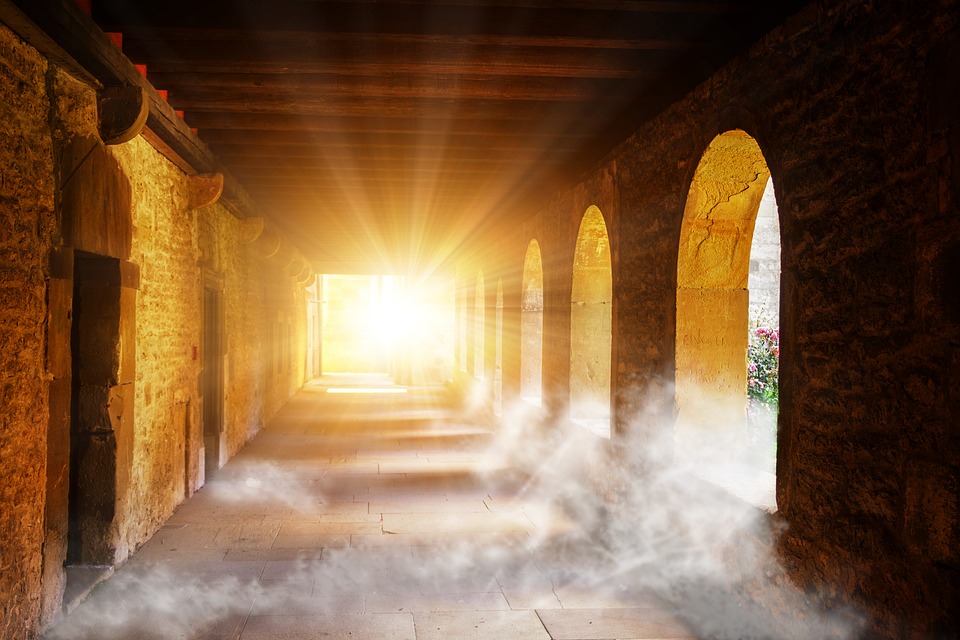
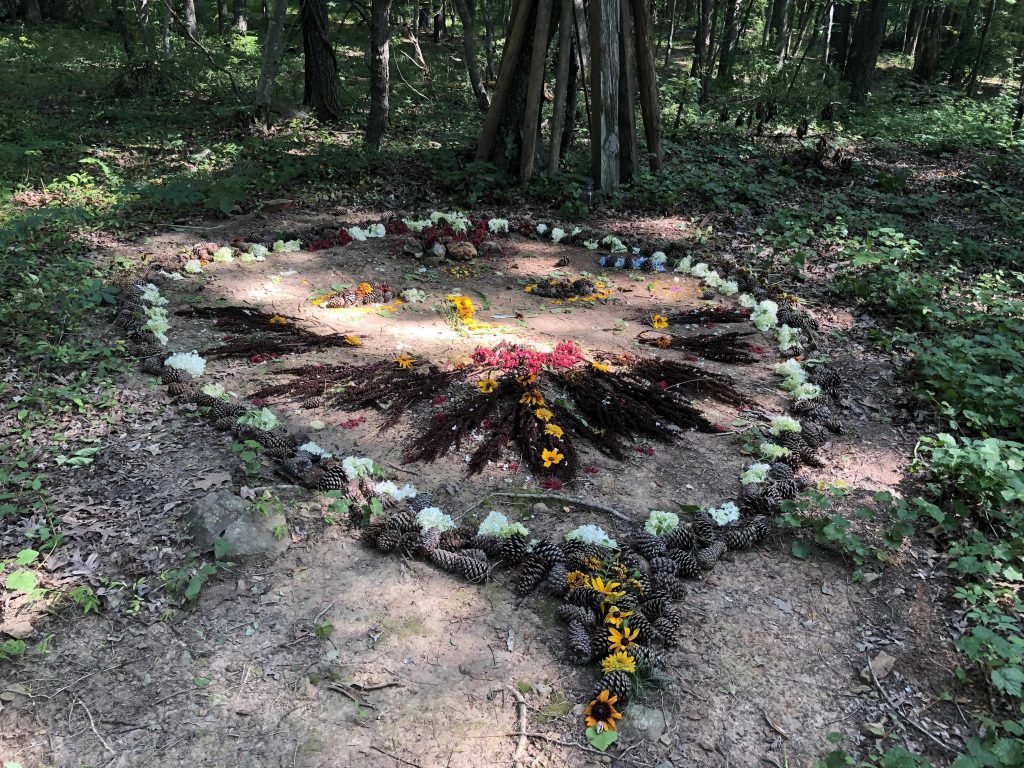
Beautiful work, wonderful article. Thanks for this
Thank You for tuning in Hugh Christopher Brown! So very glad you enjoyed it!